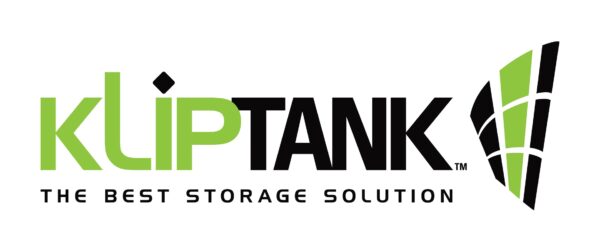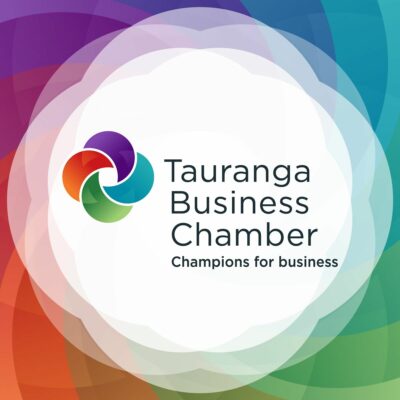Whether you’re in your first year of business or your fifth (maybe even 50th!), a business plan is a key part of any successful business.
But what is it and how do you go about creating one that will set you on the right path?
We spoke to Michelle Sinclair, Senior Tax and Development Manager at Baker Tilly Staples Rodway, to find out more.
Back to Basics is a blog series with Chamber Members focusing on the fundamentals of business. Whether you’re just getting started or need a refresher to ensure you’re up to scratch, we’re here to help connect you with the info you need. Articles will appear in our news section.
To ensure you are up to date with the current articles, sign up to our newsletter here.
What is a business plan and why are they important?
People make business plans for a variety of reasons, including evaluating business growth opportunities, assessing the viability of a new venture, attracting funding or building business partnerships.
But what is a business plan and why are they important?
Put simply, a business plan is a tool used to analyse the strength of a business venture or idea. They are relevant for every phase of a business, whether it is in the start-up, growth or maturity phase, because each phase requires planning to support business success.
However, many business owners and entrepreneurs want to act quickly and get their idea or business to market and don’t take the time necessary to deliberate and plan. In doing so, they operate in a cloud of uncertainty.
Don’t get me wrong, there are times when this approach works, but most people want to have some sort of plan for experimentation, particularly when it requires resources and financial investment. This is where the benefits of planning really come to the forefront.
The planning process is paramount to any business venture because it gets you thinking about what is important, what the future may look like and what resources you will need.
This will lead you to thinking about what changes may need to be made and how this can happen. In short, the planning process forces you to work on your business, as opposed to working in your business, and plan for success. A business owner is also likely to be more persuasive to investors and partners when they can demonstrate the potential of a business venture or idea that has been well thought through.
However, let’s also be clear: A business plan is a guidance tool, not an instrument for control. Businesses operate in a world that is fluid and unpredictable, a world that has aspects outside of the control of the business owner. The COVID-19 pandemic and its impact on the business community and different sectors is a prime example of the unpredictable nature of our world. However, the ongoing planning process is a tool that can help business owners be prepared, flexible and adapt to this changing world, by having a sound understanding of their business.
Business plans are also not a set-and-forget document, they are a work in progress. The plan should be viewed as a living and breathing document that continually guides decision making and the arranging of resources. One of the biggest mistakes business owners can make is not regularly reviewing the plan and adapting it to the facts.
A business plan created at a point in time cannot anticipate every event that might help or hinder the business, so keeping the plan relevant is essential. A relevant and up-to-date business plan will help business owners navigate unexpected obstacles and take advantage of opportunities that arise.

How to create a business plan?
Whether you are at the business idea stage or have been operating your business for a number of years, it is never too late to start planning for your business success and growth. The following are a series of steps that you can take to start building your business plan.
Getting prepared for the planning process – who?
When preparing for the planning process it is important to decide who will be involved in this. This should include your trusted business advisors, and also consider getting some of your key employees involved, where appropriate. While business planning happens at the business owner/corporate level, they need to be well implemented in order to drive business success.
Implementation requires action to move your busines in the direction of your vision and goals, and this often happens at the individual employee level as well as management level. It is therefore important to get your key employees on board with your vision, as their involvement will generate a higher level of understanding of the business and a commitment to the achievement of business goals.
Vision, values and purpose.
Consider the vision, values and purpose of your business. This will formulate the foundation for your business plan. Have a clear vision for your future, think about where is it that you want to be. Ask yourself “What does success look like for my business?”
Values are what your business stands for, the small set (three to five core values) of guiding principles and beliefs that underpin your business. Values impact the culture of your business and it is important that your employees align with your values.
Purpose is your business’s reason for being. The purpose of a business is forever pursued but never reached so it shouldn’t be confused with business goals.
The answer(s) to this question will form the basis of short- and long-term goals for your business.
Understand the environment you are operating in.
It is essential that you understand the environment that you are/will be operating in. There are a number of tools that can help you do this, including:
- PESTEL analysis (Political, Economic, Social, Technological, Environmental and Legal)
- SWOT analysis (Strengths, Weaknesses, Opportunities and Threats)
Strategic planning and goal setting
Once you have a clear picture of the vision, values and purpose for your business and the environment you are operating in you can start setting short- and long-term goals. These goals will focus on getting your business from where it is to where you want it to be.
Create a plan to move your business in the direction of your vision.
The next step is to create a business plan. There are a number of elements to a traditional business plan, the most common ones are listed below:
- Vision, values, purpose and goals.
- Products and services: outline the products and services offering, including production and where your business will be based.
- Market analysis: Understanding who your customer is through industry and target market analysis. Include customer value proposition, expected customer demand, barriers to entry and potential growth opportunities.
- Marketing strategy: This section explains marketing channels and how the business will attract and keep its customers.
- People strategy: Who is going to be involved including the organisation structure?
- Financial plan: Know the numbers! Your financial plan should include a budget, cashflow forecasts, Key Performance Indicators and what-if analysis. What-if analysis will help you make decisions by exploring different scenarios. The financial plan needs to be realistic and it must allow for different variables. It is important that you consult with professionals at this stage.
Remember to regularly review your business plan. This will include assessing changes in target market, suppliers, cost structures, technological developments and changes to product/service offering. Each of these will have an impact on your financial plan so it is important that your budgets and forecasts reflect these changes.
At Baker Tilly Staples Rodway Tauranga, we understand the importance of business plans and can help you through every stage of this planning process. Phone me on 07 5579116 to discuss your business needs.
Want more top tips, advice and insights? Check out our news section.
















































